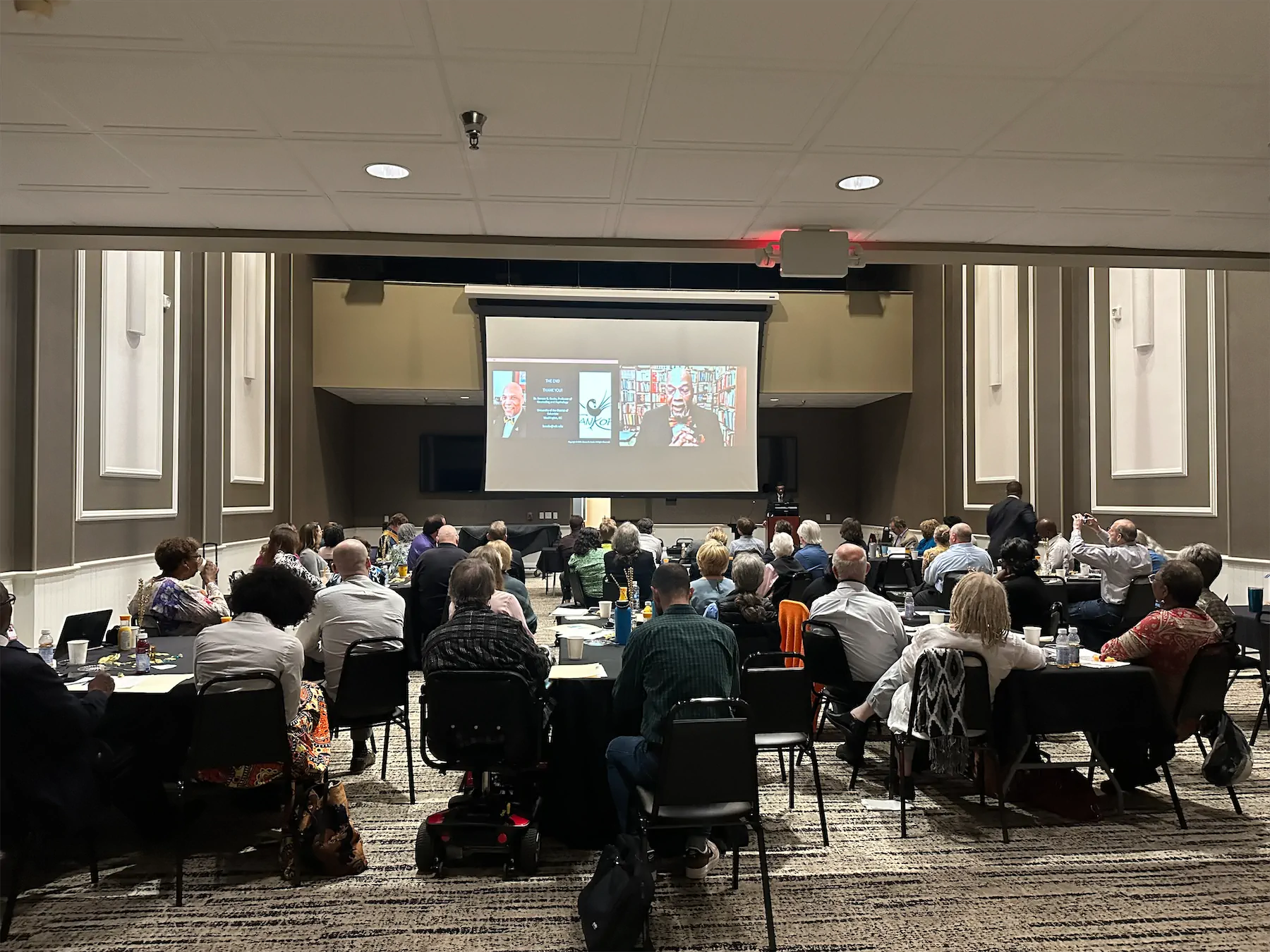The removal of a statue of Robert E. Lee from Monument Avenue in Richmond, Virginia, on Wednesday is a powerful symbolic victory. For 131 years, Black residents had had to walk past the statue and see a constant reminder of how white supremacy continues to shape American life and culture.
There is perhaps no greater proof of the persistence of white supremacy and how it has shaped public memory than the myth of “the Lost Cause”: the idea that during the Civil War the South fought a principled battle for states’ rights with the continuation of slavery as only an ancillary factor. Those who embrace this distorted view of history insist that Confederate monuments hold some value: to honor what they call “Southern pride and heritage.” Yet those emphasizing states’ rights overlook one critical point: South fought a principled battle foThere is perhaps no greater proof of the persistence of white supremacy and how it has shaped public memory than the myth of “the Lost Cause”: the idea that during the Civil War the South fought a principled battle for states’ rights with the continuation of slavery as only an ancillary factor. Those who embrace this distorted view of history insist that Confederate monuments hold some value: to honor what they call “Southern pride and heritage.” Yet those emphasizing states’ rights overlook one critical point: Southern states were fighting for the right to enslave human beings.

